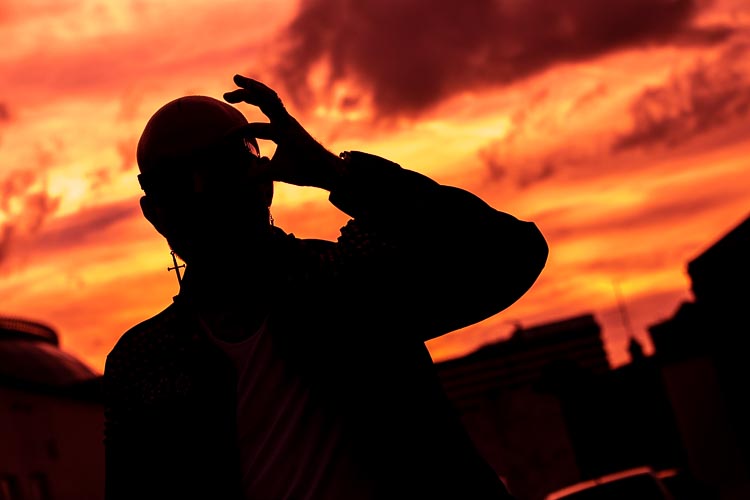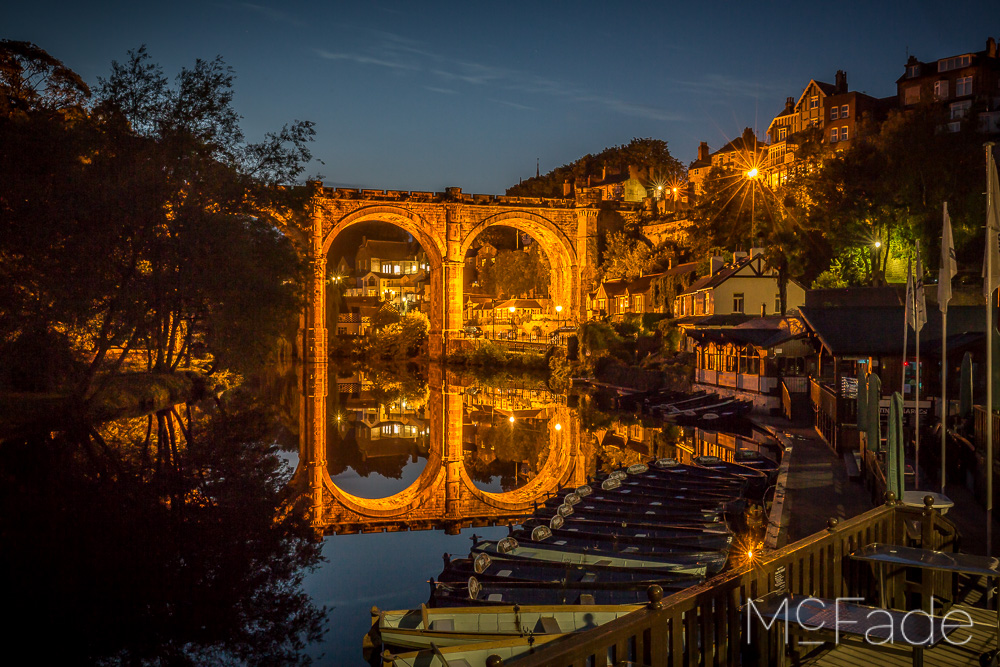Mastering Essential Photography Tips for Beginners: The Quick Guide to Photography
Taking a decent photo’s not just about hitting the shutter—think of it more like learning your way round a pub quiz team: a bit shaky to start, but you’ll soon find your feet.
Let’s kick off with the three basics every beginner photographer should get to grips with: aperture, shutter speed, and ISO.
- Aperture: Think of it like the pupil in your eye—opens up or narrows down to control light. Wider aperture? Blurrier background, ideal for portraits.
- Shutter speed: Freezes action or brings in motion blur. Fast for sharp action shots, slow for light trails or soft movement.
- ISO: Your camera’s light sensitivity. Keep it low in daylight to avoid grain; crank it up in darker spots like gigs or pubs.
Best bit of advice? Just keep shooting. Take photos every day. Try weird angles, mess about with settings, and look back at your shots to see what worked. You’ll find your groove.
Essential Camera Settings for Sharp a Photograph
Getting your camera settings right is like nailing a proper brew—needs the right balance.
Focus on aperture, shutter speed, and ISO. They’re your foundation stones.
Aperture: the lens’s eye
Big aperture (like f/2.8) gives you blur in the background; smaller (f/11) keeps everything crisp. For portraits, try f/8. For landscapes, tighten it up more.
Shutter speed: timing is everything
Freeze a footy kick with 1/1000. Or slow it right down for waterfall streaks. It’s all about what effect you’re after.
ISO: light sensitivity
Start at ISO 100. Raise it when it’s gloomy—but not too much or you’ll get noise. Like turning up a stereo—there’s a sweet spot before it distorts.
Get comfy with these settings. Use the quick menu so you’re not faffing when something great happens.
And remember: practice gets you sharper than any tutorial.
Mastering Light and Shadow – Key Photography Skills
Photography lives or dies on light. Get it right and your shots sing; get it wrong and you’re left with flat mush.
- Watch the contrast: Too bright? You’ll blow out the sky. Too dark? You’ll lose detail. Get the balance.
- Golden hour: Early or late light is soft and warm—great for portraits or landscapes.
- Look for reflections: Water, windows, even a car bonnet can add drama.
- Shadows: They add depth and shape—don’t be afraid of them.
- Find cover: Shooting in the shade can give you nice, even tones without harsh spots.
Light’s the paint in photography. Learn how it moves and your images will jump out.
| Aspect of Photography | Importance |
|---|---|
| Light and Shadow | Shapes your shots; vital for mood and detail. |
| Golden Hour | Soft light = better photos, plain and simple. |
| Reflections | Add interest and symmetry. |
| Shadow Patterns | Creates texture and atmosphere. |
Learn the Basics – The Rule of Thirds (Made Easy)
Split your frame into thirds—like a noughts-and-crosses grid. Stick your subject on a line or where two lines meet. Off-centre is usually more pleasing to the eye.
- Try not to centre everything unless you mean to—it can make the photo feel flat.
- Balance your shot—think pint in one hand, crisps in the other. It’s all about harmony.
- Mobile phone cameras have grid options—turn that on. Handy bit of kit for any beginner photographer.
Use the rule, then break it when it feels right. That’s how to get better.
Composition: Little Tweaks, Big Wins, Become a Better Photographer
Good photography’s less about gear and more about how you frame stuff.
Use leading lines to draw the eye—think paths, fences, railings. Look for shapes and layers. Switch your position. Crouch down. Move sideways.
- Try close-up and wide shots—different focal lengths tell different stories.
- Review your shots often—you’ll spot what’s working and what’s not.
- Use light well and don’t shy from Lightroom. It’s not cheating—it’s finishing the job.
Photography Techniques – Focus: Nail It
Sharpness is king. If your photo’s fuzzy, you’ve lost it—unless that’s the look you’re going for.
- Use manual focus in low light or tricky situations. Autofocus gets confused.
- For portraits or close-ups, take your time. Get the eyes in focus—that’s where people look first.
- On moving subjects? Switch to continuous autofocus and keep your subject in the centre.
Practice focus like you’d practice your darts throw. It pays off.
Essential Photography Tips for Beginners – Understanding ISO and Exposure
ISO controls how sensitive your camera is to light. Exposure is the mix of ISO, shutter speed and aperture. Get this combo right and you’ll get a good photo.
- Bright day? Keep ISO low, fast shutter, tight aperture.
- Dark place? Raise ISO, open the aperture, maybe slow the shutter—but not too slow if you’re holding it.
- Tripod? That’s your get-out-of-jail card for low light. Keeps things steady.
Learn this triangle and your photography skills will jump up a notch.
Creative Shutter Speed Tricks
Shutter speed isn’t just technical—it’s creative.
Want motion blur? Slow it down. Want freeze-frame action? Speed it up.
- Panning: Track a moving subject to keep it sharp while the background blurs. Adds drama.
- Long exposure: Stick the camera on a tripod, slow the shutter way down—get light trails, silky water, ghostly streets.
It’s a handy trick when learning photography. Try stuff, see what works.
Compose with Depth of Field: Keep What Matters
Control what’s in focus. A wide aperture (like f/1.8) gives you blurred background—great for portraits. Narrow it (f/11) to keep more in focus—good for landscapes.
- Move closer to your subject to make the background even blurrier.
- Smartphone? Use portrait mode. It’s doing the same trick, just automated.
| Technique | Effect |
|---|---|
| Wide Aperture | Blurry background, subject pops. |
| Close Distance | Background shrinks; subject fills frame. |
| Portrait Mode | Phone shortcut to that bokeh look. |
| Mix Techniques | Play around. It all helps you get good. |
Post-Processing Tips
Edit smart, not long. Start with exposure and white balance. Stick to non-destructive edits (use Lightroom, not just filters).
- Organise your shots—tag them, rate them. Makes life easier.
- Use presets to speed up your flow. You can tweak later.
- Shadows matter. Pull out detail there and you’ll often find the shot comes alive.
Edit to enhance, not to disguise. Keep it real.
Find Your Style
Eventually, your photos should start to look like yours—even if you’re not sure how. It comes with practice.
- Keep checking your photos. You’ll see patterns in what you like.
- Meet other photographers—learn faster by sharing.
- Try everything. Low angles, high ISO, filters, wide shots, close crops.
- And always look for interesting things. It’s half the job done.
In the end, the best way to take better photos is to take more photos. Just don’t overthink it—get stuck in.
What are the basics of photography for beginners?
The basics of photography for beginners include understanding how to use your camera, learning about different types of photography such as portrait and landscape photography, and mastering the fundamental concepts like composition and light. Familiarizing yourself with your camera settings, such as aperture and shutter speed, is crucial to improving your photography.
How can I improve my photography skills?
To improve your photography, take your time to practice regularly and experiment with different techniques. Enroll in photography classes, read books, and watch tutorials. Also, consider shooting in RAW format to allow for better editing flexibility later. Engaging with the photography community can provide valuable tips and feedback.
What photography equipment do I need as a beginner?
As a beginner, essential photography equipment includes a digital camera, preferably a DSLR camera for versatility, a sturdy tripod for stability, and a good lens. Investing in a zoom lens can also help you capture a variety of shots. Over time, you may want to add accessories like filters and external flash units to enhance your photography.
What are some tips and tricks for taking better photos?
Some tips and tricks for taking better photos include understanding your light source and using it to your advantage, practicing good photography composition by following the rule of thirds, and ensuring your main subject stands out. Also, try different shooting modes and settings to see what works best for your style.
What is the importance of learning photography composition?
Learning photography composition is essential because it helps you create visually appealing images. Good composition guides the viewer’s eye to the main subject and creates balance and harmony within the frame. Techniques like leading lines, framing, and the rule of thirds can significantly enhance your photographs.
How do I take great portrait photographs?
To take great portrait photographs, focus on the subject’s expression and ensure the background does not distract from them. Use a lens with a wide aperture to create a pleasing bokeh effect. Pay attention to lighting; natural light is often the best choice. Position your subject thoughtfully to capture their personality and characteristics effectively.
What are the best photography tips for shooting in low light?
When shooting in low light, use a slow shutter speed to allow more light into the camera, but be careful to stabilize your camera with a tripod to avoid motion blur. Increase your ISO sensitivity, but be mindful of potential noise. Using a fast lens can also help you capture clearer images in darker conditions.
How can I learn basic editing techniques for my photos?
Learning basic editing techniques can significantly enhance your photos. Start with user-friendly software like Adobe Lightroom or Photoshop. Familiarize yourself with essential tools such as cropping, adjusting exposure, and color correction. Many online tutorials and courses can guide you through the editing process, allowing you to develop your unique style.
What are some favorite tips for beginner photographers?
Some favorite tips for beginner photographers include practicing regularly, experimenting with different types of photography, and reviewing your work critically. Don’t hesitate to seek feedback, and always carry your camera to capture spontaneous moments. Remember, photography is about storytelling, so focus on what you want to convey in each shot.











